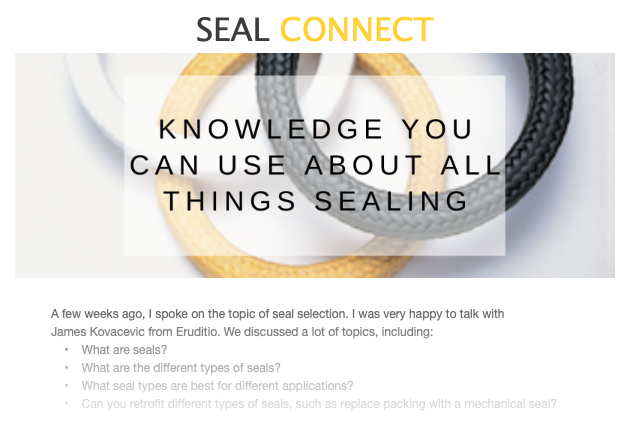05/15/2024
Choosing the Right Seal: A Comparative Analysis of Component vs. Cartridge Seals


Component seals and cartridge seals are two common types of mechanical seals, each offering distinct advantages depending on the application and process requirements.
- Component Seals:
- Design: Component seals consist of individual parts assembled directly onto the shaft and into the equipment housing during installation. These parts typically include the stationary and rotating seal faces, secondary sealing elements (such as O-rings), and hardware (like springs and fasteners).
- Customization: Component seals offer greater flexibility and customization options. Engineers can tailor the seal design to match specific equipment configurations, operating conditions, and performance requirements.
- Maintenance: Component seals can be more challenging to install than cartridge seals, requiring careful assembly and adjustment of individual components. However, they allow easier access to individual parts for repair or replacement.
- Applications: Component seals are commonly used in a wide range of industrial applications, including pumps, mixers, agitators, and other rotating equipment where customization and flexibility are essential.
- Cartridge Seals:
- Design: Cartridge seals are pre-assembled units with all the necessary sealing components (stationary and rotating faces, secondary seals, springs, etc.) housed within a single cartridge unit. They are typically installed as a complete assembly into the equipment housing, simplifying installation and reducing the risk of assembly errors.
- Ease of Installation: Cartridge seals offer more accessible and faster installation than component seals because they come pre-assembled and pre-set from the manufacturer. This can result in reduced downtime during installation or replacement.
- Maintenance: Cartridge seals are often preferred for applications where maintenance needs to be quick and straightforward. Instead of disassembling individual components, the entire cartridge unit can be easily replaced as a single unit, reducing maintenance time and complexity.
- Applications: Cartridge seals are commonly used in applications where quick and easy installation, minimal maintenance requirements, and reliable performance are crucial. They are particularly well-suited for pumps and rotating equipment in chemical processing, water treatment, pulp and paper, and food and beverage industries.
Conclusion:
The choice between component and cartridge seals depends on specific application requirements, ease of installation and maintenance, customization needs, and overall lifecycle costs. While component seals offer greater flexibility and customization options, cartridge seals provide simplified installation and maintenance, making them well-suited for applications where efficiency and reliability are paramount.
 SEAL CONNECT
SEAL CONNECT Find Your Sealing Solution
Find Your Sealing Solution